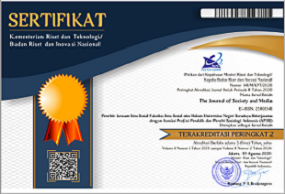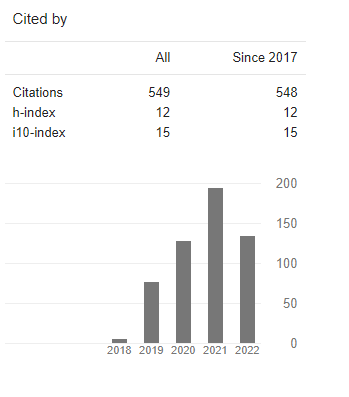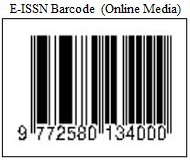The Domestication of Women in the Narrative of Antifeminism on YouTube Muslimah Media Center
DOI:
https://doi.org/10.26740/jsm.v7n2.p546-566Abstract
This article illustrates how the YouTube platform, particularly the Muslimah Media Center channel of Hizbut Tahrir Indonesia, has become the main platform for spreading anti-feminist narratives that relegate women to domestic roles. In the context of Indonesia's predominantly Muslim society, this narrative interprets feminism as a threat to Islam, creating tension between traditional values and social change. This article analyzes how the language, symbolism, and narratives used in Muslimah Media Center's YouTube content can influence perceptions and expectations of women in society. While there are diverse views within the platform, there are concerns that narratives that promote the "domestication" of women may reinforce gender stereotypes that disadvantage women in various aspects of life. This article asks important questions about the extent to which these Muslim women have the freedom to shape their own identities on and off these platforms, as well as how they cope with the social pressures and expectations that may be imposed on them. Using discourse analysis provides insights into the role of social media in influencing gender norms and opens up space for reflection and discussion on its impact on social and gender change in societies affected by religious and cultural values.
References
Anwar, Etin. 2021. Feminisme Islam: Genealogi, Tantangan, dan Prospek di Indonesia. Bandung: Mizan.
Arivia, Gadis. 2003. Filsafat Berperspektif Feminis. Jakarta: Yayasan Jurnal Perempuan.
Badran, Margot. 2009. Feminism in Islam: Secular and Religious Convergences. Oxford: Oneworld.
Castells M. 2010. The Rise of Network Society. Malden, MA: Blackwell.
Eickelman, Dale F. dan Jon W. Anderson. 2003. New Media in the Muslim World, Second Edition: The Emerging Public Sphere. Bloomington: Indiana Univertity Press
Fairclough, Norman. 2003. Analysing Discourse:Tekstual Analysis for Social Research. New York: Routledge.
Olviana, Dora. 2017. Gender Bias Dalam Framing Anti Feminisme Muslimah Hizbut Tahrir Indonesia (Mhti) Di Kota Surabaya. Skripsi Universitas Airlangga Surabaya.
Samad, Yunas .1998. Media and Muslim identity: Intersections of generation and gender Innovation. Innovation: The European Journal of Social Science Research. 11. No. 4. https://doi.org/10.1080/13511610.1998.9968580
Tong, Rosemary. 2009. Feminist Thought: A More Comprehensive Introduction. Colorado: Westview.
Wodak, Ruth, Paul Chilton (ed). A New Agenda in (Critical)Discouce Analysis; Thepry, Methodology and Interdisciplinarity.Amsterdam: John Nenjamins Publising Company.
Downloads
Published
How to Cite
Issue
Section
License
Copyright (c) 2023 The Journal of Society and Media

This work is licensed under a Creative Commons Attribution 4.0 International License.
 Abstract views: 326
,
Abstract views: 326
, PDF Downloads: 351
PDF Downloads: 351












